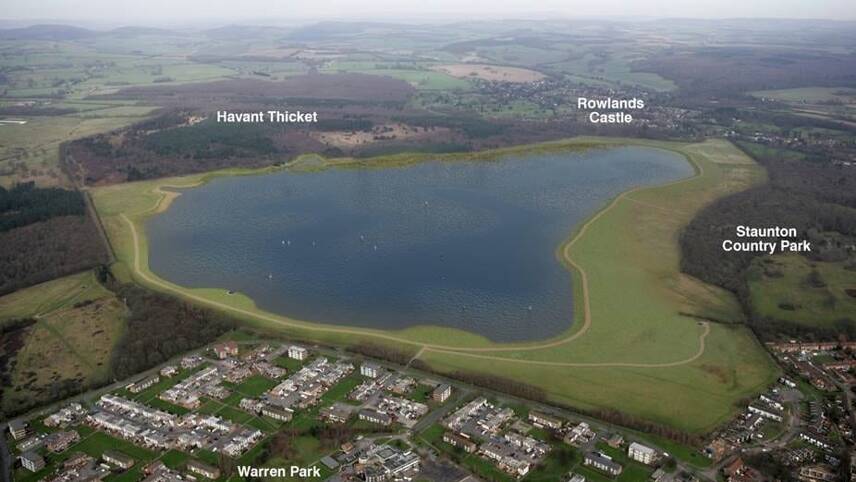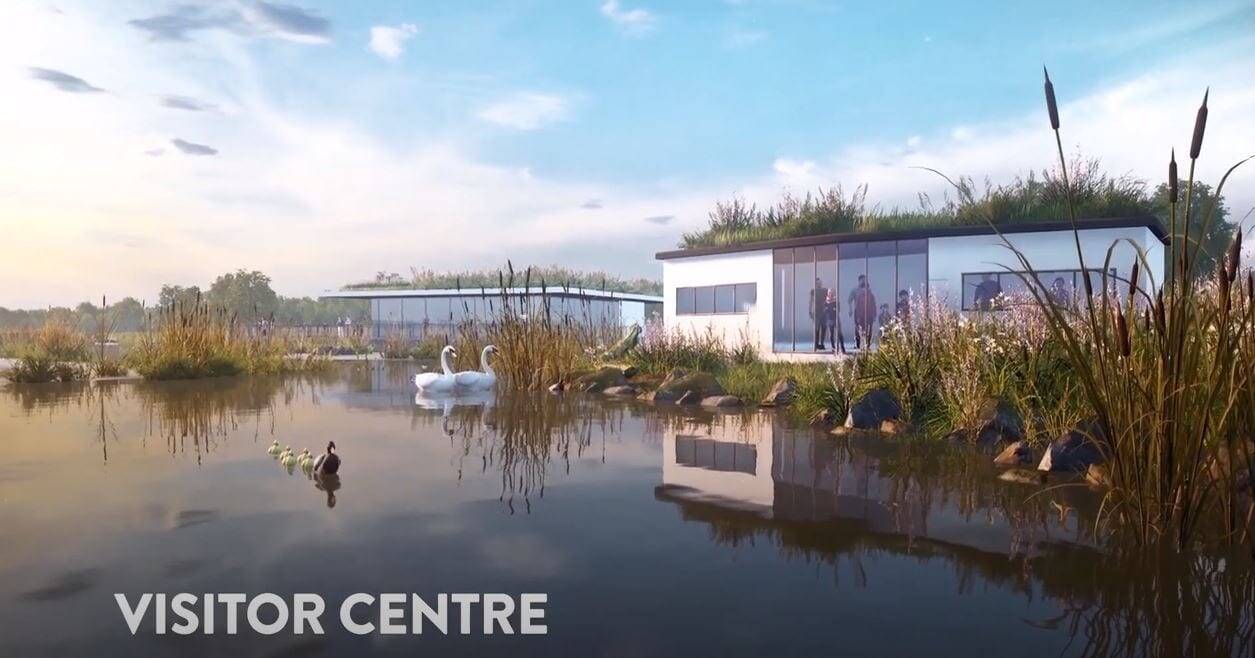You’ve reached your limit!
To continue enjoying Utility Week Innovate, brought to you in association with Utility Week Live or gain unlimited Utility Week site access choose the option that applies to you below:
Register to access Utility Week Innovate
- Get the latest insight on frontline business challenges
- Receive specialist sector newsletters to keep you informed
- Access our Utility Week Innovate content for free
- Join us in bringing collaborative innovation to life at Utility Week Live

Portsmouth and Southern will publicly sign their bulk supply agreement today (22 February) marking an historic milestone for both companies. Chief executive Bob Taylor talks to Utility Week about how Havant Thicket exemplifies the water-only company's growing role in regional water resource planning.
Portsmouth has owned the Havant Thicket site since the 1960s and made an attempt a decade ago to build a reservoir on it but the case was not strong enough at that time. So, what is different now?

The agreement for 21 megalitres per day for 80 years comes in response to Southern’s need to drastically reduce abstraction in Hampshire to protect chalk streams. It is part of a project that Taylor says has been in the pipeline for many years. When he joined Portsmouth in 2018 a memorandum of understanding was in place between the two companies and the reservoir will be one of a number of projects Southern is undertaking to find alternative water sources.
While the decision on planning permission is pending, the teams have been busy with preparatory groundwork and discussions between the two companies and the regulators over the terms of the bulk supply agreement. Procurement for the two main construction packages was launched in January.
“It’s an unusual project in the way that it’s structured from a regulatory perspective. Most of the architecture came through our PR19 final determination,” Taylor explains.
Between the draft and final determinations there was a flurry of regulatory activity, which Taylor says involved very constructive and intensive sessions to build the architecture based upon ‘business as usual’ principles from within the sector.
More recent negotiations included finalising further regulatory guidance and licence changes for both Southern and Portsmouth, which Ofwat is now consulting on.
“The bulk supply agreement is for us to supply and Southern to pay. As you would expect the contract includes how challenges would be dealt with if anything went wrong. We have discussed other wider issues around regulatory treatment with Southern and Ofwat together.”
As a new and innovative agreement structure Portsmouth is working with Ofwat and the Regulators’ Alliance for Progressing Infrastructure Development (RAPID) group to see what elements can be replicated for other large projects currently in the planning phase.
The alliance, which was formed last year, aims is to have major infrastructure projects shovel-ready by 2025. Although the reservoir preceded RAPID’s formation an additional pipe system is one of the four schemes in the inaugural year.
The direct pipe project has passed the first gateway of the process and is working towards the second in September.
Taylor says the experience with the alliance has been “so far so good” with the rigid timetable running on track and the established working relationship with Southern forming a solid foundation to extend the dialogue to other areas.
“It’s a good example of collaboration in many ways, not just ourselves and Southern, but Ofwat and RAPID on the periphery watching how things evolve and develop. It’s innovative particularly in the sense of the specific regulatory structure that has been created for this project. We hope to foster more innovation through the construction process to get efficiencies in the cost of the project.”
Collaboration and innovation have been pushed by Ofwat for how the sector should be functioning now to prepare it for the challenges of the future. Taylor believes this project is a strong example of collaboration and innovation for both companies.
“It’s part of our evolving role as Portsmouth Water, if you fast forward to the completion in 2029/30 we will be exporting about a third of our water to Southern. We are very much part of the regional solution to water resources through the reservoir, the two other bulk supply agreements and a fourth in the offing. That will come to about a third of what we produce.”
As a water-only company Portsmouth is far smaller than Southern, for whom the bulk supply agreements form part of the solution to the challenges in its western region. Taylor explains Portsmouth is increasingly becoming involved as a key partner, which he describes a strong indication for how its role is changing from relatively small, self-contained company with surplus resources to one that is helping with the challenges in the region.
 “Havant Thicket’s role as a regional hub will grow beyond what is currently being considered. The ability to store water for periods of shortage, particularly as we feel the impacts of climate change ever more strongly, the need for a storage facility to support you is essential.”
“Havant Thicket’s role as a regional hub will grow beyond what is currently being considered. The ability to store water for periods of shortage, particularly as we feel the impacts of climate change ever more strongly, the need for a storage facility to support you is essential.”
This chimes with the National Infrastructure Commission saying in 2018 that looking at supply and for water in the UK longer term, demand management is important but insufficient alone. “That’s why we’re building reservoirs again and looking at large scale schemes to move water around. Water resources management planning is a regional discipline and something that must be done to support areas from surplus to those deficits,” Taylor says.
Although this will be the first reservoir built since the late 1980s, Portsmouth is confident the technical know-how for construction remains strong.
“This is essentially an earth-moving exercise,” Taylor says. “The reservoir embankment is very similar to a motorway embankment. It will be built around 60 per cent of the reservoir, then sealed by using clay excavated from within the site.”
Smaller reservoir projects have been completed since the 1980s including bankside storage reservoirs built by Bournemouth Water around 2005. Taylor was involved with this during his time working at Bournemouth and says the embankment design is similar.
Please login or Register to leave a comment.